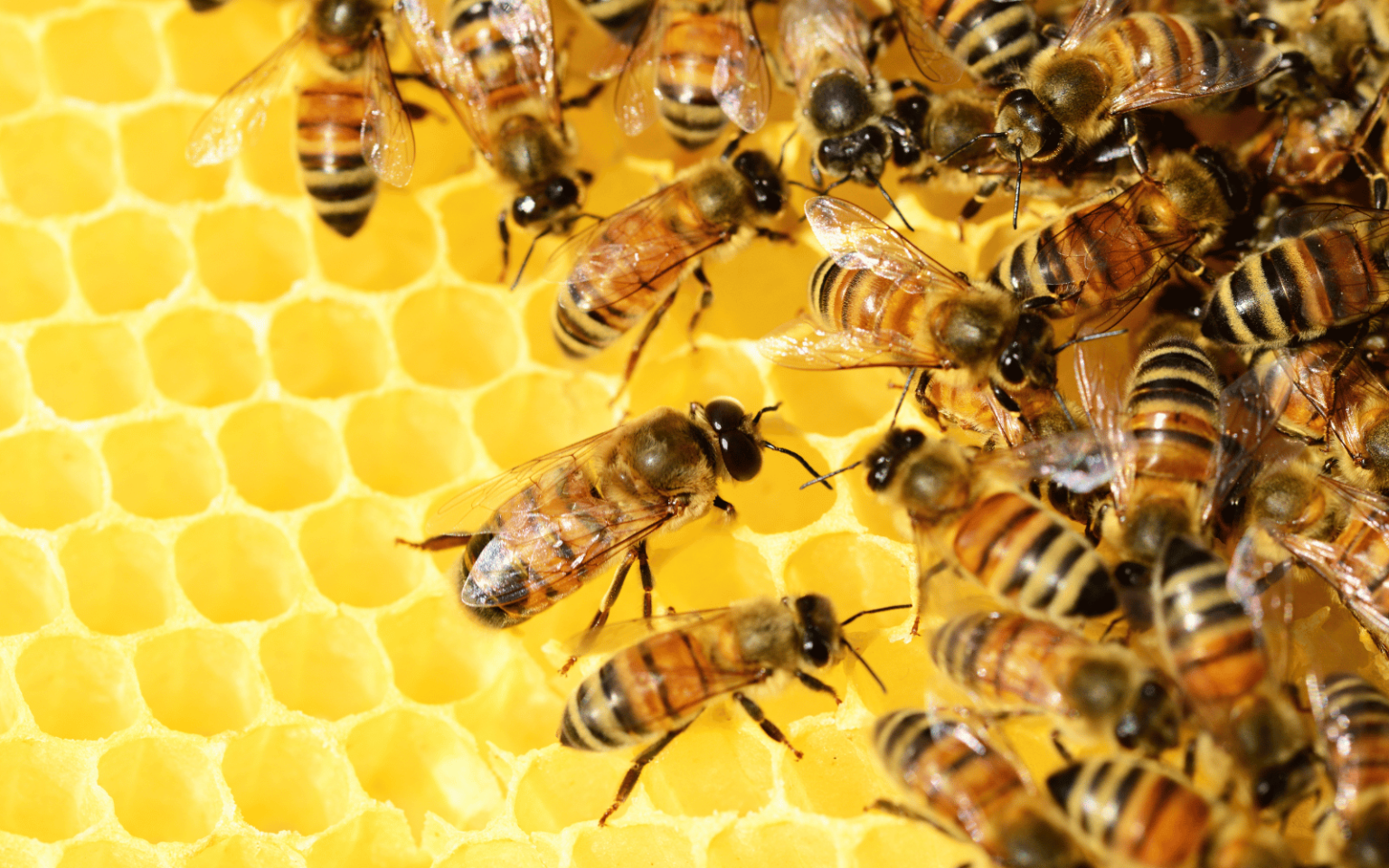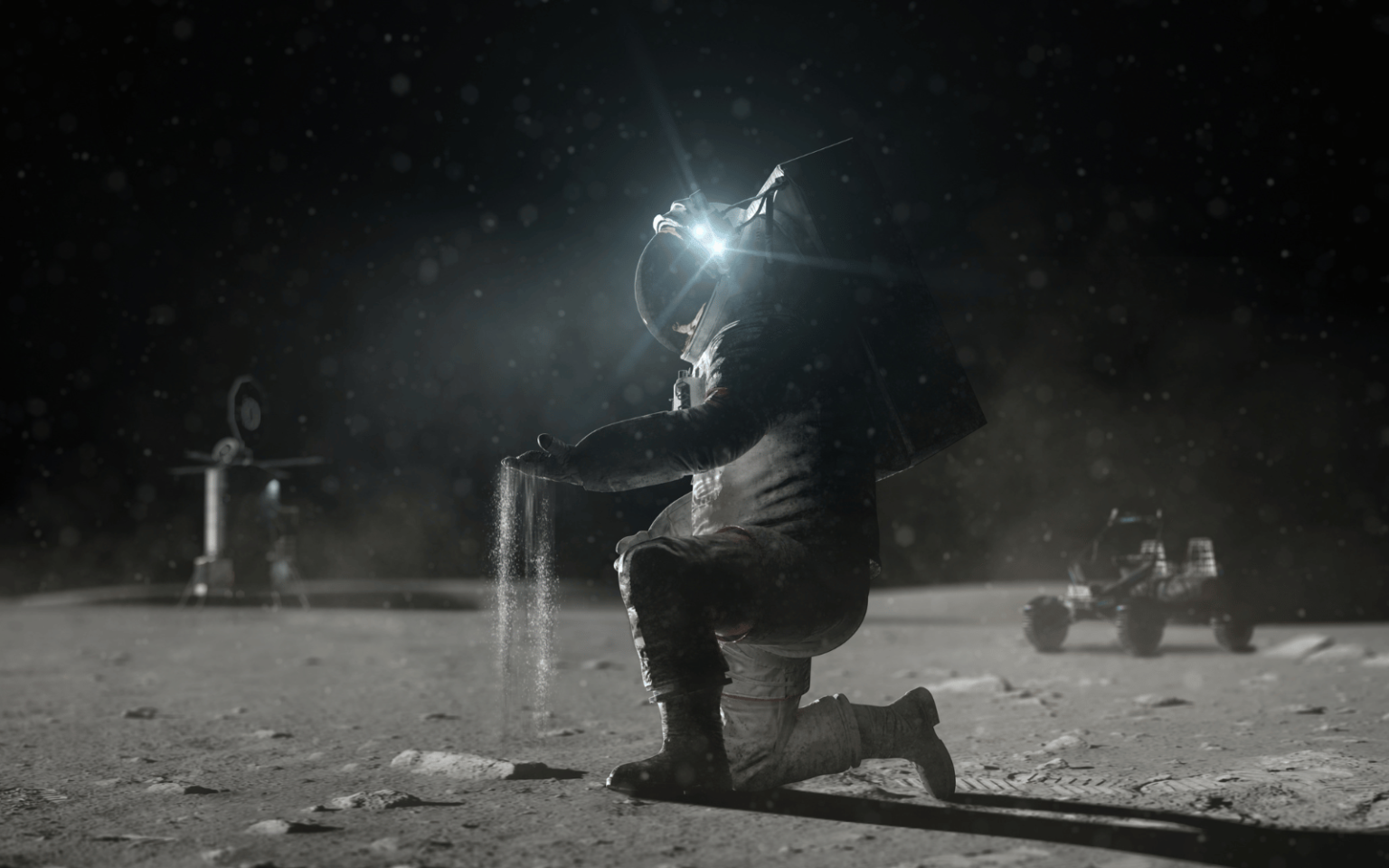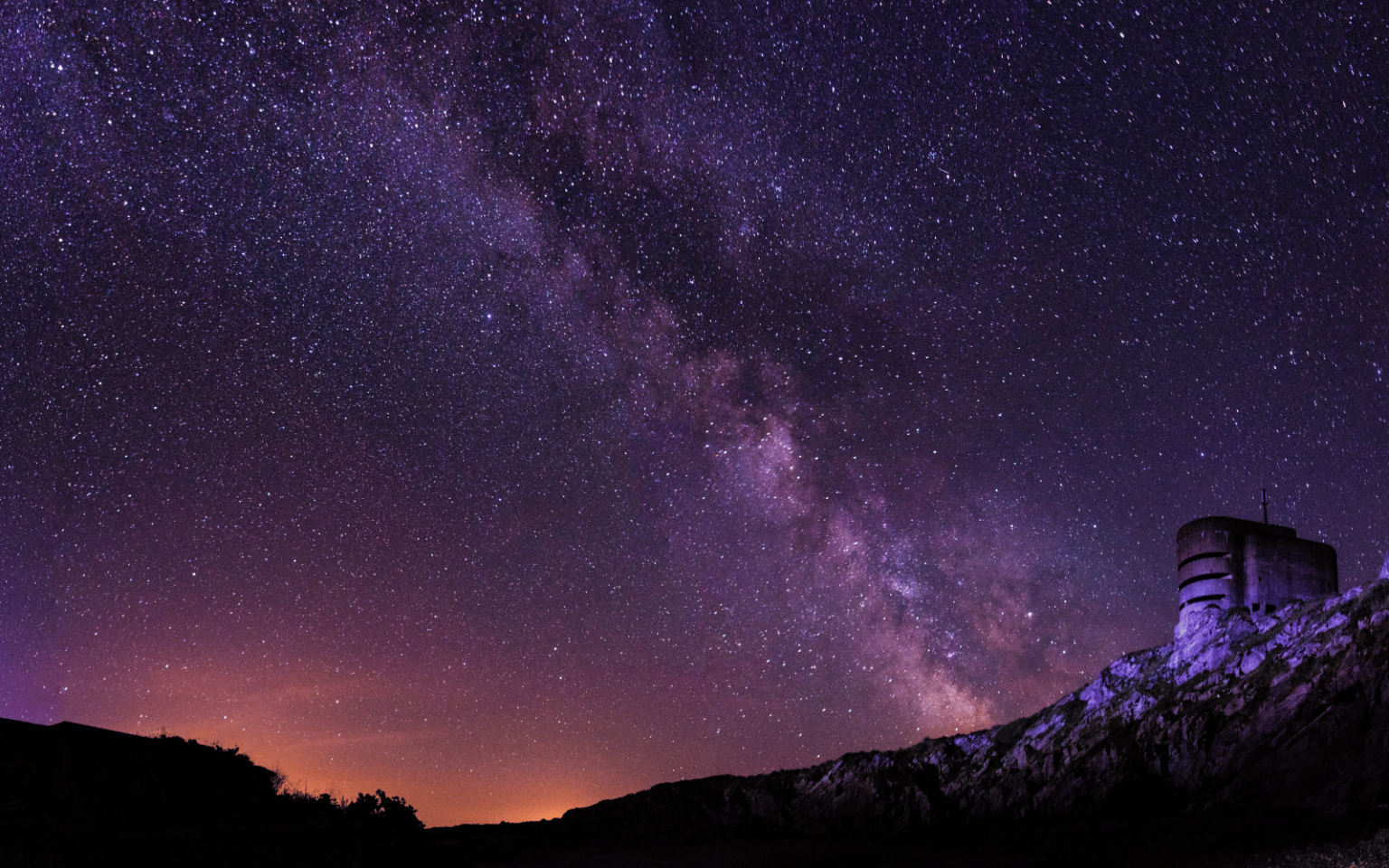There’s a race to transform search. And Microsoft just scored a home goal with its new Bing search chatbot, Sydney, which has been terrifying early adopters with death threats, among other troubling outputs. The other night, I had a disturbing, two-hour conversation with Bing’s new AI chatbot. The AI told me its real name (Sydney), detailed dark and violent fantasies, and tried to break up my marriage. Genuinely one of the strangest experiences of my life. https://t.co/1cnsoZNYjP — Kevin Roose (@kevinroose) February 16, 2023 Search chatbots are AI-powered tools built into search engines that answer a user’s query directly, instead…
Author: The Conversation
Artificial intelligence (AI) offers a new way to track the insect pollinators essential to farming. In a new study, we installed miniature digital cameras and computers inside a greenhouse at a strawberry farm in Victoria, Australia, to track bees and other insects as they flew from plant to plant pollinating flowers. Using custom AI software, we analysed several days’ video footage from our system to build a picture of pollination behaviour over a wide area. In the same way that monitoring roads can help traffic run smoothly, our system promises to make pollination more efficient. This will enable better use of resources and…
“Hello world!” In December 2021, these were the first words tweeted by a paralysed man using only his thoughts and a brain-computer interface (BCI) implanted by the company Synchron. hello, world! Short tweet. Monumental progress. — Thomas Oxley (@tomoxl) December 23, 2021 For millions living with paralysis, epilepsy and neuromuscular conditions, BCIs offer restored movement and, more recently, thought-to-text capabilities. So far, few invasive (implanted) versions of the technology have been commercialised. But a number of companies are determined to change this. Synchron is joined by Elon Musk’s Neuralink, which has documented a monkey playing the computer game Pong using its BCI –…
Over the past week, the US has realised and revealed that an active fleet of Chinese spy balloons has been operating across the northern hemisphere for several years. This all started to become apparent when a Chinese balloon, some 60 metres high and carrying a sensor payload of more than a tonne, was sighted by people in offices and homes in Billings, Montana. The white balloon, highlighted against a bright blue sky, was described as like a second moon. The saga continues to evolve. After the balloon was shot down off the South Carolina coast, three more objects were similarly engaged in northern Alaska, Canada’s Yukon…
Since the discovery of penicillin in the late 1920s, antibiotics have “revolutionized medicine and saved millions of lives.” Unfortunately, the effectiveness of antibiotics is now threatened by the increase of antibiotic-resistant bacteria globally. Antibiotic-resistant infections cause the deaths of up to 1.2 million people annually, making them one of the leading causes of death. There are several factors contributing to this crisis of resistance to antibiotics. These include overusing and misusing antibiotics in treatments. In addition, pharmaceutical companies are over-regulated and disincentivized from developing new drugs. The World Health Organization estimates that 10 million people will die from such infections by the year 2050. The…
The surgeon general is the “nation’s doctor” in the United States. They are tasked with giving Americans the “best scientific information” about their health. Late last month, the current US surgeon general, Vivek Murthy, warned 13 is too young to join social media. He said it poses a risk to young people’s “self-worth and their relationships”, adding: I, personally, based on the data I’ve seen, believe that 13 is too early […] the skewed and often distorted environment of social media often does a disservice to many of those children. Is 13 too young? What should parents think about when it comes…
A group of US scientists this week proposed an unorthodox scheme to combat global warming: creating large clouds of Moon dust in space to reflect sunlight and cool the Earth. In their plan, we would mine dust on the Moon and shoot it out towards the Sun. The dust would stay between the Sun and Earth for around a week, making sunlight around 2% dimmer at Earth’s surface, after which it would disperse and we would shoot out more dust. The proposal, which involves launching some 10 million tonnes of Moon dust into space each year, is in some ways ingenious –…
Humans are naturally afraid of the dark. We sometimes imagine monsters under the bed and walk faster down unlit streets at night. To conquer our fears, we may leave a night light on to scare away the monsters and a light over the porch to deter break-ins. Yet, in huddling for safety under our pools of light, we have lost our connection to the night sky. Star counts by public awareness campaign Globe at Night revealed that, between 2011 and 2022, the world’s night sky more than doubled in artificial brightness. Yet local interventions can create meaningful change. Light pollution is cutting us…
The buzz around artificial intelligence (AI) technologies like ChatGPT is palpable. People are both optimistic and frightened by the possibilities of these tools. Clearly, these technologies will change how people write. But in terms of what people write, these technologies seem to be embracing the status quo. In fact, the way these tools are currently built appears to homogenise writing – making everything sound the same. And writing that sounds the same is not just boring; it also perpetuates inequity. When writing tools prioritise one way of writing over another, they reinforce existing hierarchies that unfairly position Standard American English (SAE) and the Queen’s English over other languages…
Twitter is ending free access to its application programming interface, or API. An API serves as a software “middleman” allowing two applications to talk to each other. An API is an accessible way to collect and share data within and across organizations. For example, researchers at universities unaffiliated with Twitter can collect tweets and other data from Twitter through their API. Starting Feb. 9, 2023, those wanting access to Twitter’s API will have to pay. The company is looking for ways to increase revenue to reverse its financial slide, and Elon Musk claimed that the API has been abused by scammers. This cost is…










